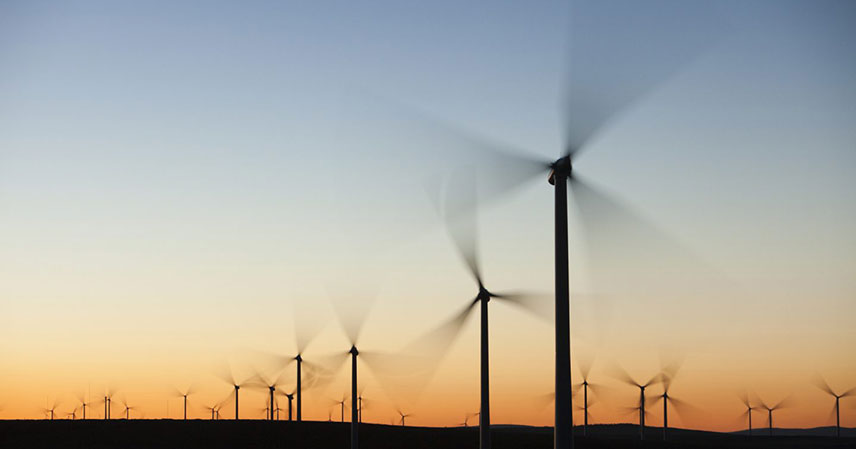Former President Donald Trump’s recent comments about wind turbines, labeling them a “con job” that harms whales, birds, and even humans, weren’t just offhand remarks; they represent a worrying trend. His statement taps into a growing global wave of conspiracy theories surrounding renewable energy sources, particularly wind farms. This isn’t about factual inaccuracies; it’s about deeper societal anxieties and a resistance to change.
This blog post will delve into the origins and spread of these conspiracy theories, exploring why they resonate with certain groups and the challenges in countering misinformation. We’ll examine the underlying fears and the role of social media in amplifying these false narratives.
The Roots of the Wind Turbine Conspiracy Theories 🌳
The claim that wind turbines harm wildlife, including whales, is not new. These claims have circulated for years, often fueled by misinformation and a lack of understanding about the technology. However, Trump’s repetition of these claims, especially in a seemingly unrelated press conference, gave them significant renewed exposure and legitimacy within certain circles.
Interestingly, these anxieties mirror historical fears surrounding technological advancements. Think back to the late 19th century, when some worried that telephones would spread diseases. These modern conspiracy theories about wind energy share a similar thread: a fear of the unknown and a resistance to change.
Why Do These Theories Persist? 🤔
The persistence of these conspiracy theories is complex. It’s not simply a matter of ignorance; it’s tied to several factors. Distrust in government and established institutions plays a significant role. Many people feel that official narratives are often misleading or manipulative, making them more susceptible to alternative explanations, even if those explanations lack scientific basis.
Furthermore, a strong sense of nostalgia for the fossil fuel era contributes to the resistance against renewable energy. This nostalgia isn’t just about energy sources; it’s about a perceived simpler past, before the complexities of climate change and the urgent need for sustainable solutions.
The Science Behind Wind Energy and Wildlife 🐦
While some impacts on wildlife are possible with any large-scale infrastructure project, the claims about wind turbines causing widespread harm are largely exaggerated. Rigorous studies have shown that the impact of wind turbines on bird and bat populations is significantly less than other human activities, such as habitat loss and collisions with buildings.
Regarding whales, the notion that wind turbines drive them “loco” lacks scientific evidence. While underwater noise can affect marine mammals, the impact of wind turbine noise is often overstated and not definitively linked to significant behavioral changes or harm. More research is always needed, but the current evidence does not support the claims made by Trump and others.
The Role of Social Media and Misinformation 📱
The rapid spread of these conspiracy theories is largely facilitated by social media platforms. The algorithms that govern these platforms often prioritize engagement over accuracy, leading to the amplification of sensational and misleading content. Once a false narrative gains traction, it becomes increasingly difficult to correct, even with factual evidence.
This highlights the critical need for media literacy and critical thinking skills. Individuals need to be able to discern credible sources from unreliable ones and to approach information with a healthy dose of skepticism, especially when it comes to emotionally charged topics.
Combating the Conspiracy Theories ⚔️
Countering these conspiracy theories requires a multi-pronged approach. Simply presenting facts is often insufficient; it’s crucial to understand the underlying anxieties and address them directly. This involves fostering open dialogue, building trust with communities, and addressing concerns about economic transitions and potential job losses.
Furthermore, social media companies need to take greater responsibility for the content they host. This includes implementing stricter policies to prevent the spread of misinformation and promoting accurate information from reliable sources.
Key Takeaways 🔑
- Conspiracy theories surrounding wind energy are fueled by distrust in government, nostalgia for fossil fuels, and resistance to change.
- Claims about wind turbines harming wildlife are largely exaggerated and lack scientific basis.
- Social media plays a significant role in amplifying these false narratives.
- Combating these theories requires addressing underlying anxieties and improving media literacy.
- A multi-pronged approach involving open dialogue, fact-checking, and responsible social media practices is crucial.
The spread of misinformation about renewable energy is a serious concern. By understanding the roots of these conspiracy theories—which often spread using tactics similar to the DHS’s use of “meme warfare”—we can pave the way for a more informed and sustainable future. The transition to renewable energy is vital for combating climate change, and it’s crucial to address the anxieties and misinformation that stand in its way.
Source: Why wind farms attract so much misinformation and conspiracy theory



